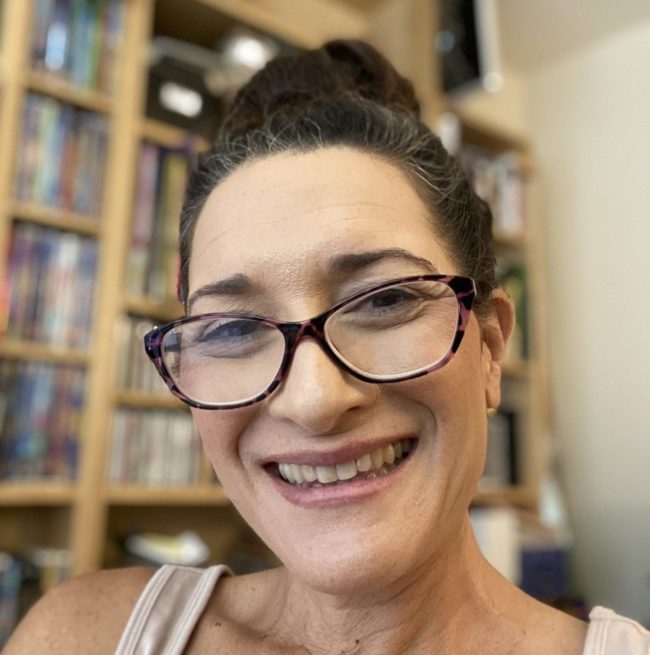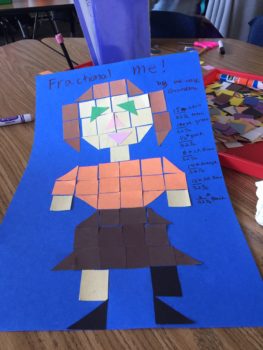Distance Learning: Are We Having Fun Yet?
As we approach our third week in quarantine, I am sure you are experiencing many stages of transition. Discomfort probably runs to the top of the list. Now that we are passed the initial shock of are we really doing this, it is time to get serious.
Living in the Epicenter
What I know for sure is that routine is the key to survival. I saw that Khan Academy posted an online schedule that impressed me due to its comprehensive nature. However, the most imperative part of the schedule was the first order of business:
| 8 a.m. – 9 a.m. | Breakfast/Get Ready (Yes, Change Out of PJs!) |
Yep, believe it or not changing out of your pajamas is helpful for maintaining normalcy in an environment that is static physically but incredibly dynamic electronically. This is also not the time to be enforcing screen time minutes. This is survival mode. Today’s child was made for this condition. And while we adults might be finding it difficult, the children are thriving.
It matters not what you choose to do in the day for your academic activities, as much as it matters that you commit to working on those choices every day at the same time of day. This is paramount for sustainability. Feeling accomplished will help stave off boredom, frustration, and isolation. I recommend that you sit down with your child the night before and plan what academic content he/she will do the next day. Build in appropriate breaks. Keeping in mind that the primary students have two 15-minute recesses a day plus a 40-minute lunch. Teachers generally build in brain breaks during their working periods. These breaks include kinesthetic movements in addition to relaxing meditation exercises. Another successful tip is to build variety into the week. With the outpour of free online resources, there is bound to be something intriguing and uniquely interesting to your young learner.
A Sample Schedule
|
Monday |
Tuesday | Wednesday | Thursday |
Friday |
| Math 20 minutes online | FLO math Activity 20 minutes online | Math 20 minutes online | FLO math Activity 20 minutes online | Create your own math problem and challenge a family member |
| Math Workbook 20 min | Math Workbook 20 min | Math Workbook 20 min | Math Workbook 20 min | Math Workbook 20 min |
| Reading
20 minutes online Buddy Read online 20 minutes |
Read to someone 20 minutes Book
Independently Read 20 minutes |
Reading
20 minutes online Buddy Read online 20 minutes |
Read to someone 20 minutes Book
Independently Read 20 minutes |
Write a summary about two of the books you read this week. |
| Special Activity from your districts online resources
Science |
Special Activity from your districts online resources
Virtual Field Trip |
Special Activity from your districts online resources
Social Studies |
Special Activity from your districts online resources
Science or Social Studies |
Special Activity from your districts online resources
Explore Pick something interesting |
The key is to have your child engaged with their learning process. Happy homeschooling!
Danielle

Danielle’s first step in education did not begin with education at all. It began with her first love for science. She received a B.S. in Biological Science, with a concentration in Molecular Biology. Her five years of experience as a chemist in the biotech industry at SYVA and Dade Behring Diagnostics include both areas of quality control and research and development. Her contributions were qualifying products for release to sell to the diagnostic market as well as developing new diagnostic technology for immunoassay detection. Danielle’s subtle transition to discovering her passion for education was through the birth of her daughter. She became a stay at home mom. Her uber volunteerism at her daughter’s elementary school gained her access to her path of education. She now holds a multiple subject teaching credential and M.A. in Education from National University. She has over ten years of experience at Sakamoto Elementary School as an educator in kindergarten, sixth grade, second grade, and a 2/3 combination class. Her teaching is rooted in a constructivist model while fostering independence and accountability in the classroom.


